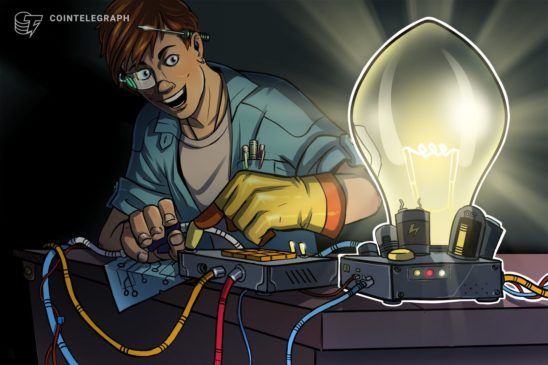Let’s face it: Whether you’re an avid crypto enthusiast or just mildly interested in this blooming industry, chances are you’ve read, seen or heard more stories about the coronavirus and the Bitcoin (BTC) halving than you’d probably like to.
In all fairness, the coronavirus led to the world has collectively agreeing to press pause in an unprecedented manner, so the fact that a global pandemic happens to be taking place around the same time as the most important event in crypto means that full-on, 24/7 media coverage is to be expected.
However, sometimes people just need a break from the constant bombardment of grim news stories and Bitcoin halving technical so here are five things you can do that are not related to the coronavirus and Bitcoin halving.
Get your hands dirty and build a mining rig
Most hobbies are expensive, and mining is no exception, especially when it comes to buying the required materials. Sure, it is not an effortless endeavor, and even the low-budget options will set a person back a few hundred dollars as well as a spike in their monthly electricity bill. But if all the conditions are aligned, hobbyists may actually make a profit!
In this case, a rig based on a graphics processing unit will do the trick, as a Bitcoin mining ASIC rig requires a more serious investment.
There are a great number of how-to guides out there which explain what hardware to buy, how to put it together, and which software to run Getting the components and putting them together is easy, especially for those with experience in assembling a personal computer.
Those with a good gaming setup can even start mining right now, and if the results are positive the miner can keep adding graphics cards as required.
When it comes to mining profitability, there are a few variables involved, so running a simulation using a mining calculator is a good idea. Future miners will also need to familiarize themselves with hashing power, the network mining difficulty, the price of electricity in their country, and the price of the currency itself.
Learn about options and margin trading
Both options and margin trading are consistently described as some of the most complex and hard to grasp ways of trading. Each falls into the high-risk/high-reward category, making them the most interesting to investigate.
An options contract is defined as a contract that gives its holder the right to buy and sell an asset at a predetermined price within a specific time frame. It basically gives the purchaser the ability to bet on the price of an asset at a certain point in time and to buy call or put options for an asset if the buyer believes it will go up or down.
Margin trading allows anyone to take out a loan on their available balance and to trade with more up and downside. This means that traders can multiply their profits, but they can lose their entire balance at the drop of a dime.
For example, if an investor decides to leverage a $1,000 balance with 10 times margin, it’s like that person is investing $10,000 without actually having it in their account. If the trader makes the right call, the profits will be multiplied by ten, but if the market swings the other way then the slightest loss will liquidate the account.
Decentralize by running a Bitcoin node
To put it simply, Bitcoin nodes are the backbone of the network. While miners process transactions and “create” new blocks, nodes keep a shared record of the blockchain. While miners were initially intended to act as nodes as well, mining pools have changed that dynamic.
Running a node is helpful for maintaining the Bitcoin network as nodes verify that all transactions are legitimate. Using a web-based wallet or light client leaves no option but to trust the node through which the transactions are made, and the third-party transaction broadcasters will have access to some of the user’s data.
For those concerned with privacy, running a node is a way of taking control of one’s own transactions, improving privacy and safety and eliminating the need to trust a third-party service.
Running a node is actually not hard to do and it does not require extensive knowledge as even a Raspberry Pi! can do it. However, it does require plenty of storage space as the Bitcoin blockchain takes up roughly 275 gigabytes at the time of writing.
Diversify by researching other interesting high-tech industries
Crypto is one of the most futuristic or edgy investments a person can make but there are other fringe sectors to pay attention to. Rapid developments in artificial intelligence, genetic data mining and asteroid mining are just a few of the nascent fields that are sure to blow the minds of most crypto investors.
Use Bitcoin to donate to COVID-19 causes
The mandated lockdowns brought about by the coronavirus pandemic have changed everyone’s day-to-day lives, but for those that are directly affected by the virus the impact is unimaginable.
Readers can’t do much but follow the rules and stay home, but those with a few Satoshis to spare can make a real difference. The Italian Red Cross started a Bitcoin fundraiser in early March, and in just three days the goal was reached.
A new goal has been set, and the collected funds from the first drive were used to build an emergency response medical post. Currently there are many new fundraisers active and those who can might consider donating as a way of helping those in need.
Just stay busy and think positively
These are just a few things people can do to take their minds off the upcoming halving and the coronavirus pandemic, but the possibilities are endless. If you’ve got a suggestion, feel free to drop a tweet and tell us what constructive things you’re doing while waiting for the stay at home orders to end.




